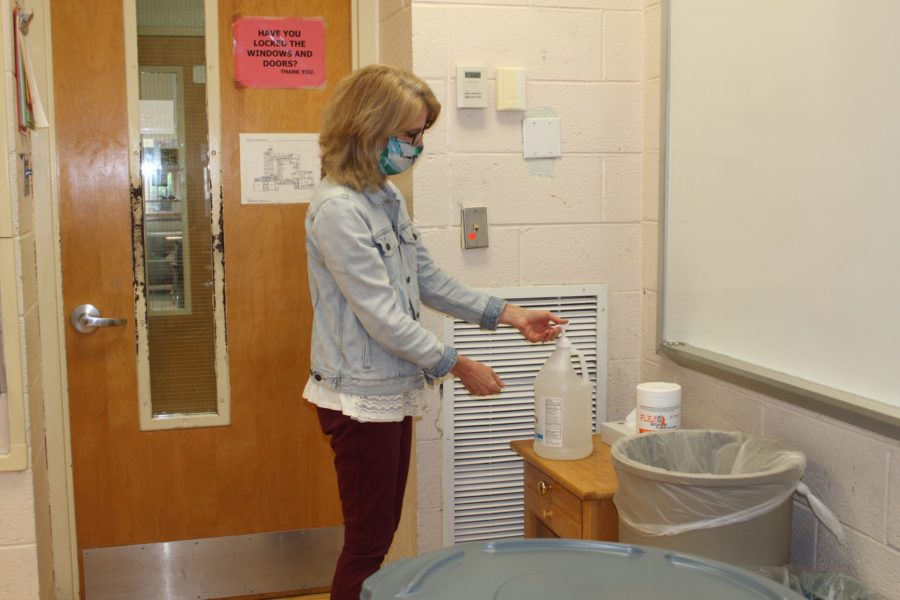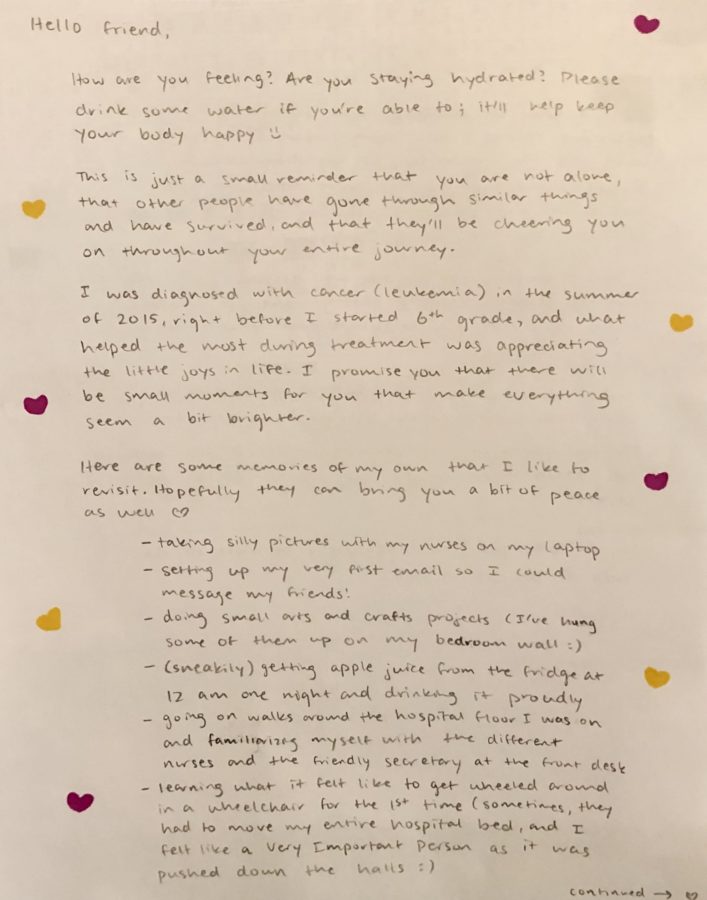By Ben Shapiro, Staff Reporter
For one student, an extension cord would only set them back $10. However, when a district as big as the Tredyffrin/Easttown School District is faced with a situation in which it is required to purchase multiple extension cords for every classroom, the costs dramatically rise. With the increased usage of technology this year, extension cords cost Conestoga roughly $4,000 alone.
Since June, the T/E School District received three separate grants designated to ease any expenses related to COVID-19, totaling $913,855.18. The first two grants, totaling $570,341, were administered federally through the Coronavirus Aid, Relief, and Economic Securities Act (CARES Act). More recently, in early October, the Chester County Commissioners oversaw a third grant of $343,514.18 through the CARES Act.
“This money was unexpected,” said George Fiore, the executive director of the Chester County Intermediate Unit (CCIU). “It was very much welcomed, especially during a pandemic. We’re so thankful that (the County Commissioners) had the foresight to really help every community in the county.”
Administered through the CCIU, the Chester County Commissioners, Marian Moskowitz, Josh Maxwell and Michelle Kichline, allocated $10 million to the 12 Chester County school districts. With no obligation to administer extra funds past the previous federal grants, the commissioners took the extra step anyways. In financially supporting Chester County schools during this time of increased spending, they helped both students and staff stay safe by providing extra resources to keep the schools clean.
“The County Commissioners didn’t have to do this. Those three are excellent supporters for the county.” Fiore said. “It was their decision (to administer the extra $10 million), and they did it with a thoughtful approach because they care a lot about the kids in the schools,”
The specific amount of money that each school district received from the CCIU was determined by the Title I formula which compares each district’s number of students in poverty. As the T/E School District has fewer students living in poverty in comparison to other Chester County school districts, their cut of the $10 million was on the smaller end; the Coatesville Area School District received $2,443,003.67. As the fund money was allocated following Title I guidelines, The CCIU had no say in how much money each district received.
“The Chester County Intermediate Unit is an intergovernmental agency and an educational service agency as well. We get the dollars, and we flow them to school districts because we end up doing the reporting and the adherence to the guidelines. In this case, the county commissioners asked us to distribute the dollars,” Fiore said.
In their administration of the funds, the commissioners implemented specific rules and regulations. Districts can only make reimbursements requests if the spendings fall under these CARES-eligible spendings: purchasing cleaning and sanitizing products, buying personal protective equipment (PPE), relevant COVID-19 related training and professional development for staff, changes to facilities to ensure effective social distancing, purchasing student laptops and tablets, providing internet connection for qualifying students, implementing mental health services and establishing virtual learning centers for small groups of students to gather in-person under adult supervision.
However, even the increased allocations of funds did not suffice. T/E’s COVID-19 report shows that the grant funds do not cover all COVID-19 related expenses.
“Ultimately, all these little things add up. It’s a large student body, so it’s a lot to take care of. When you’re talking about extension cords, adapters and all that, it may seem like it’s only $10 or $12 for an item, but multiply it by however many classrooms are being utilized, and it adds up,” said Alice Ciocco, Conestoga’s Account Clerk, “and (Conestoga is) just one building.”
The T/E School District has to account for a total of eight schools for which new and expensive materials must be purchased. While the CARES Act grants did not cover all added expenses, they significantly decreased the financial burden under which the district has been placed.
“In my head, it’s basic math. We’re just doing what we need to do to meet the needs of the student body to the best of our ability,” Ciocco said.



























































































